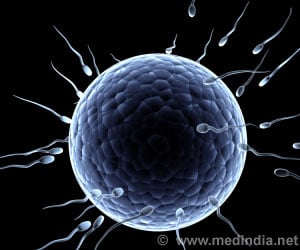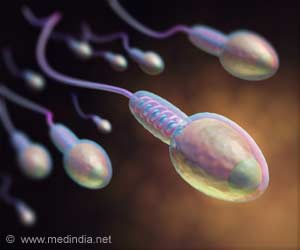How they use their genes, and not what genes they have, is the key factor behind male beauty, a new study has revealed.

Therefore, dominant males were both masculinised and defeminised in terms of their gene expression.
"Sexual attractiveness varies markedly between individuals of the same sex. These differences can have a significant impact on how successful an individual is with the opposite sex," Professor Judith Mank, UCL Department of Genetics, Evolution and Environment, senior author of the paper said.
Male wild turkeys come in two kinds; dominant males have exaggerated sexually attractive traits while subordinate males are less ornate.
Whether a male is dominant or subordinate is determined the winter before they reach sexual maturity, when brothers come together and battle for dominance.
The 'winner' adopts the dominant form, while the other brothers become subordinate - assisting their brother in mating, but not siring offspring themselves.
Advertisement
Source-ANI









